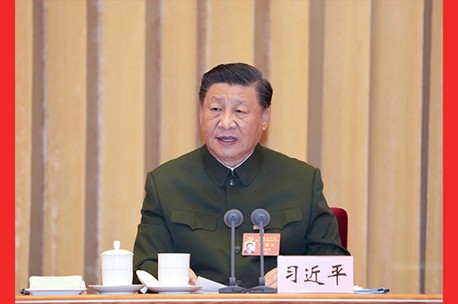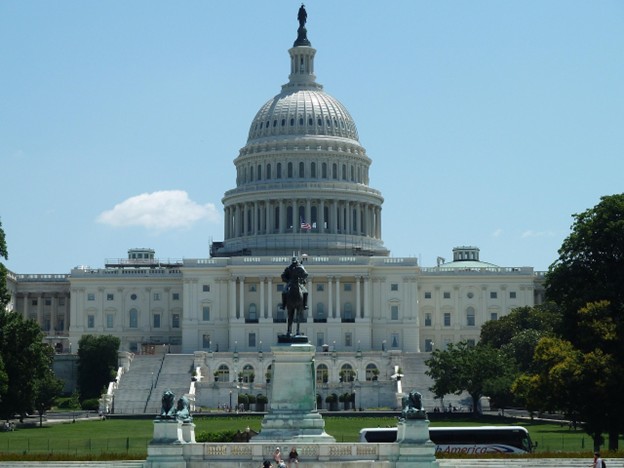Corruption is an endemic feature of and challenge for China, enabled by a political system with power highly centralized in the hands of the CCP, a CCP-centric concept of the rule of law, a lack of independent checks on public officials, and limited transparency. President Xi Jinping launched a sweeping campaign to address persistent corruption in China in 2012, and in the ensuing years the campaign has investigated—and found guilty— nearly five million officials at all levels of government. Corruption in China often involves money in the form of different types of bribery or graft, and open-source research has demonstrated that some officials and their families have amassed significant wealth due to their positions and connections. However, Xi’s anti-corruption campaign more deeply reflects a party-directed securitization, or a targeting of political indiscipline and ideological impurity, particularly at the highest levels of government, in an effort to preserve the CCP’s domestic control and legitimacy.
A lack of transparency within China, pervasive government censorship, and the absence of rules regarding disclosures of leaders’ finances challenges public research on issues of corruption or leaders’ personal wealth. The powerful Central and regional Commissions for Discipline Inspection (CDI) are the lead organizations for enforcing anti corruption in China and operate at all levels of government. These organizations publish some data that helps to illuminate the scope of anti-corruption investigations in China and also provide indications of the extent of corruption overall.
Corruption and Anti-Corruption
Academic studies show corruption has been prevalent in China since its founding, with particular intensification over the years of sharp economic growth in the 1980s and 1990s. Many academics and observers claim corruption since 2000 is so widespread that it undermines the regime’s legitimacy.
Consistent with this analysis, when Xi came to power in 2012, he launched a sweeping anti-corruption campaign, vowing to take a “zero tolerance” approach targeting “flies” (low-level cadres) and “tigers” (senior officials) alike. His campaign has also targeted officials at department and bureau levels, as well as county and division levels. From 2012 through 2022, the Central Commission for Discipline Inspection (CCDI) and the National Supervisory Commission investigated nearly five million people within the government and CCP, finding 4.7 million officials guilty. In his words, Xi intended to make government officials “unable and unwilling to be corrupt.”
Xi uses the anti-corruption campaign to eliminate rampant corruption that undermines Party legitimacy and control and, in select cases, to target his political rivals. Xi has linked rooting out corruption with internal Party discipline and ideological commitment, viewed as critical to China’s stability and ability to achieve its long-term
ambitions. Corruption in China is framed as a political crime and a sign of disloyalty and ideological impurity, highlighting its importance to the Party and serving as a warning against any internal disobedience. Government propaganda highlights the CCP’s commitment and self-sacrifice and promotes a narrative characterizing corrupt officials as political enemies of the state. Purged officials, particularly at higher and more visible levels of government, are often first publicly accused of serious violations of Party discipline. In 2021 the CCDI described anti-corruption as “a severe political struggle” that “undermined the Party’s leadership and unity.” In 2024, the campaign targeted more than 50 senior government officials.
Although Xi has not used the campaign primarily to target his political rivals, a drive to eliminate competing power centers factored significantly into decisions made in the initial phases of the campaign. Early in Xi’s tenure, senior officials with ties to his predecessors were targeted with investigations and arrests. However, academic analysis of anti-corruption investigations over its 10-year span has not identified a focus on officials with specific factional ties or backgrounds, indicating that the campaign has broadly sought to root out corruption in all levels of government where it exists. More significantly, political connections to high-ranking officials have not protected officials from prosecution, including those with close personal ties to Xi himself; the anti-corruption campaign has purged top officials considered loyal to Xi and who had risen under his patronage.
The level of corruption in China almost certainly varies based on the region and level of government. One scholarly study focusing on one city found that 8- to 65-percent of officials—depending on the official’s rank—received an unofficial income from bribery or graft; a separate study and a survey of public perceptions both estimated that approximately half of Chinese officials have engaged in corruption, especially at the local levels. These analyses of corruption concluded that bribery could increase an official’s legal earnings four to six times, with higher echelons able to earn more through graft and bribery than those at lower levels of the government, commensurate with their level of access and authority. The studies collectively demonstrate the endemic nature and widespread perception of corruption within the party-state.
The report concludes tomorrow
Photo: Chinese Government









